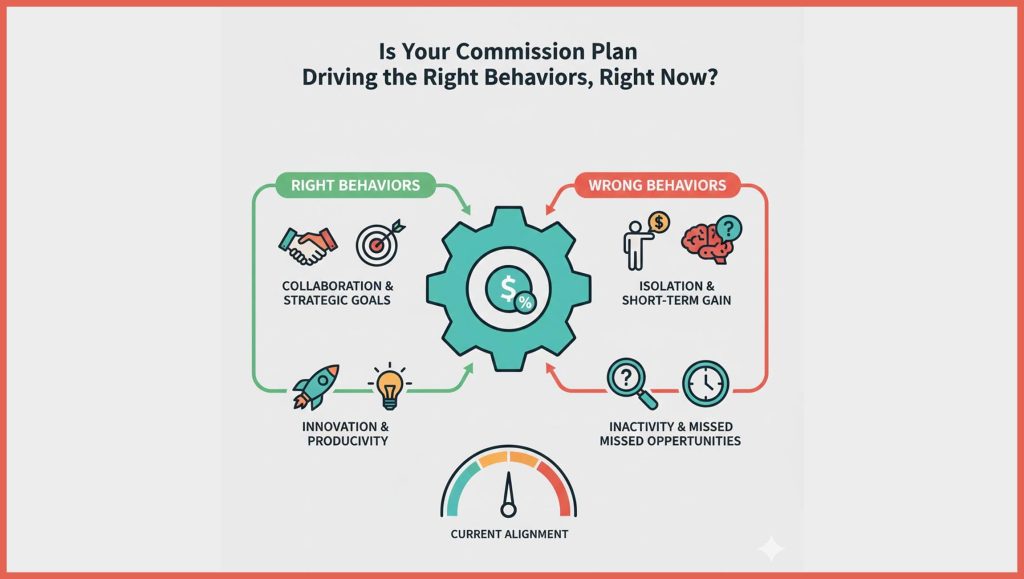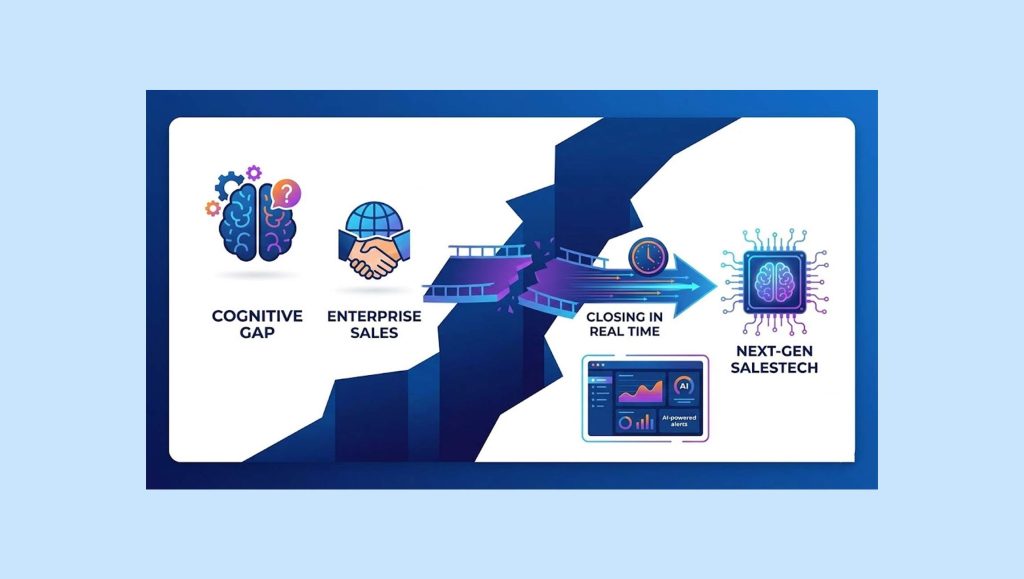Bluecore’s 2024 Black Friday Data Reveals That Despite Influx of New Customers, Retailers Now Know Who Nearly 30% of Their Shoppers Are and an Overwhelming Two-Thirds of These Shoppers Shopped Their Black Friday Sales
Sixty four percent (64%) of digital shoppers were new to retailers this Black Friday, according to new insights from Bluecore. The retail technology company reports that despite this influx of new customers, many retailers were focused on bringing back past customers and previously identified shoppers. Retailers now know who 30% of all their shoppers are (up from approximately 20% last year). And retailers that focused their efforts on getting existing shoppers to shop again were, for the most part, those that saw an increase in order values–some by as much as 10%. An overwhelming amount of Black Friday activity–up to 85% for Footwear retailers–took place on mobile. The complete report is available here.
For the seventh year in a row, Bluecore looked at shoppers’ Black Friday shopping patterns and purchases, across 150 retail brands in seven retail categories: Apparel (51), Footwear (35), Sports & Hobbies (20), Home (12), Jewelry & Accessories (13), Health & Beauty (10) and Department Stores (9). The result is a comprehensive look at retailers’ 2024 Black Friday performance and how it compares to Black Friday 2023.
Bluecore analyzed 251 million shopper events on brands’ ecommerce sites, including completed sale transactions and moments that retailers’ were able to transform into purchases (wishlists, abandoned carts, abandoned searches, new arrivals, replenished inventory and more). The resulting data was derived from 52 million first-party cookies, 3.7 million orders and $504 million in total sales.
Read More: SalesTechStar Interview with Dan Lee, CEO of Nooks
Key Finding from Bluecore’s Black Friday 2024 Report, Include:
- Some retailers saw increased Average Order Values (AOV). Other retailers saw higher order volumes. Only luxury retailers saw both.
- Average Order Value by Vertical: Health & Beauty (+10%), Luxury (+8%), Sports & Hobbies (+6%), Apparel (+0.3%), , Footwear (-3%), Accessories(-3%), Department Stores (-3%) and Home & Home Improvement (-2%).
- Order Volume by vertical: Accessories(+20%), Department Stores (+7%), Luxury (+5%), Footwear (+1%), Home & Home Improvement (-15%), Sports & Hobbies (-11%), Health & Beauty (-10%) and Apparel (-4%).
- Retailers now know who nearly 30% of their shoppers are. This is up from only 20% identified shoppers last year. Seventy percent (70%) of Black Friday shoppers, however, are still unknown to retailers.
- Retailers have seemingly different approaches to prioritizing new vs. repeat shoppers for Black Friday revenue.
- Some retailers disproportionately prioritized new shoppers
- 78% of all Accessories customers were first-time buyers.
- 72% of Footwear shoppers were first-time buyers.
- 71% of Home shoppers were first-time buyers.
- By contrast, some retailers focused their efforts on repeat customers:
- 56% of Department Store buyers were repeat customers.
- 46% of Apparel buyers were repeat customers.
- 42% of Health & Beauty buyers were repeat customers.
- 42% of Sporting & Hobbies buyers were repeat customers.
- Some retailers disproportionately prioritized new shoppers
- Higher session volumes resulted in higher order volumes, but not higher order values. Accessory retailers saw nearly 24% more online sessions this year and department stores saw nearly 8% more sessions. While both experienced more traffic and orders, they both experienced decreased order values. This reveals that focusing on efforts to drive traffic should be complemented by efforts to deepen relationships with shoppers and, as a result, increase order sizes.
- Up to 85% of all Black Friday shopping took place on mobile devices. An overwhelming majority of shoppers viewed sites and made purchases via mobile this year, with Footwear retailers seeing the most mobile sessions (nearly 85%) and sporting goods retailers seeing the least, at a still high 59%.
Read More: AI Copilots for Sales: Key Benefits
“This year’s data shows significant growth in mobile shoppers, as well as efforts by retailers to get existing shoppers to shop again,” said Jason Grunberg, CMO of Bluecore. “We can see in the numbers that this approach makes more business sense than strategies that solely focus on customer acquisition. For the most part, retailers that prioritized their known shoppers and existing customers were those that saw an increase in order values. Considering the skyrocketing costs of new customer acquisition, retailers who can identify shoppers and turn one-time buyers into repeat customers will ultimately spend less to make more. And now they have 64% more customers they can target with this goal in mind.”
Bluecore’s advanced, AI-driven platform empowers retailers to launch completely personalized communications at scale by curating email, ecommerce, and paid media shopping experiences to each shopper’s individual and nuanced interaction with their brand, predicting their next steps. The company incorporates a deep understanding of shoppers’ ever-shifting behaviors with a comprehensive view of retailers’ live product catalogs for an integrated approach that delivers precision messages to shoppers when they are most likely to buy, no matter where they are. The world’s leading retailers, including Tapestry, Express, Teleflora, Alo Yoga, and Lulu and Georgia trust Bluecore to quickly turn their data into revenue-generating campaigns.





















